The human body is exposed to a wide variety of toxins on a daily basis, including chemicals found in foods, environmental toxins and pharmaceuticals. The liver is the body’s main detoxification organ which provides enzyme systems that safely process and remove xenobiotics (foreign chemical substances) out of the body, as well as unhealthy hormone metabolites. These detoxification systems are very complex and require a variety of nutrients for optimal function.
There are two main pathways of detoxification in the liver, known as Phase I and Phase II. In Phase I, composed mainly of cytochrome P450 enzymes, non-reactive compounds undergo specific reactions which use oxygen to form a reactive site on the compound. Most pharmaceuticals are metabolized through Phase I biotransformation. This prepares the metabolite for the next step of detoxification knows as Phase II. Phase II is a crucial step- if molecules from Phase I are not fully metabolized by Phase II conjugation, they may cause free radical damage to proteins, RNA and DNA within the cell. Phase II reactions result in the biotransformation of fat-soluble compounds into water-soluble compounds that can then be excreted in the urine, bile or stool.
The ingredients included in this product were chosen for their ability to support one of the six pathways of Phase II detoxification. N-acetyl cysteine, along with glycine and taurine, is a well-known amino acid that plays a role in supporting the liver. Antioxidants such as lipoic acid, green tea, ellagic acid and the vegetable antioxidant blend provide a synergistic approach to liver support and promote enhanced detoxification.

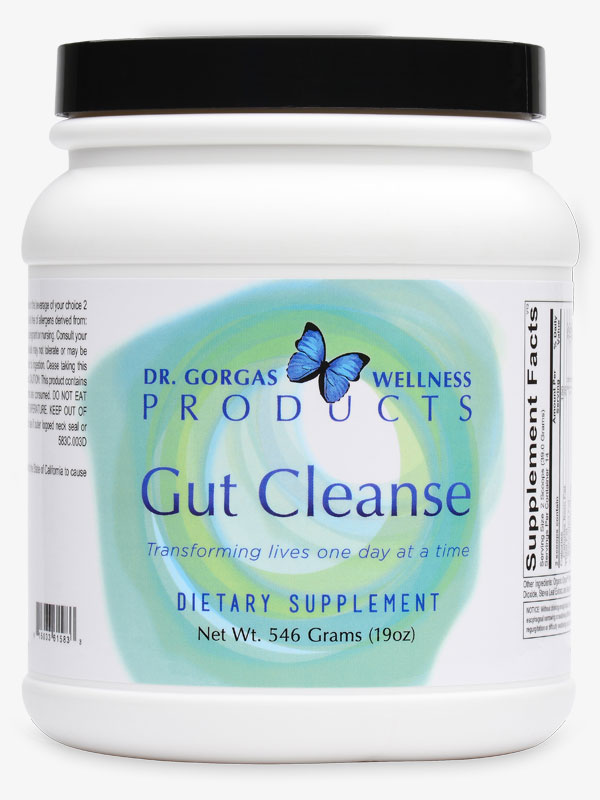
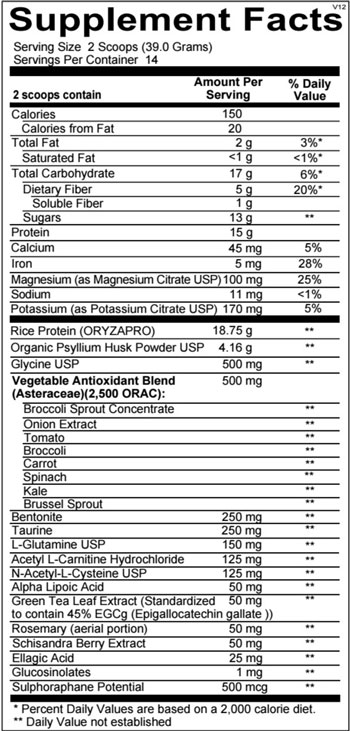
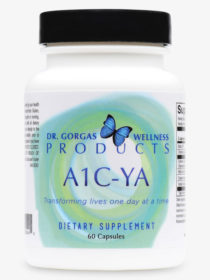

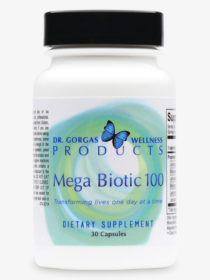
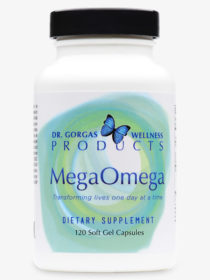
Reviews
There are no reviews yet.